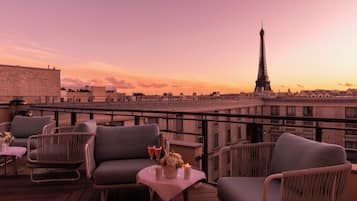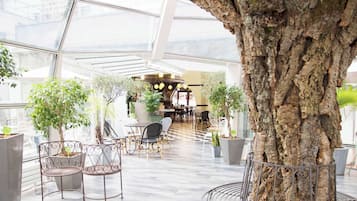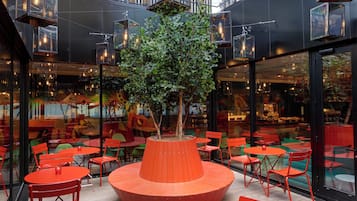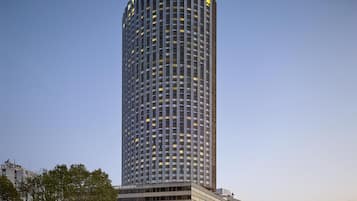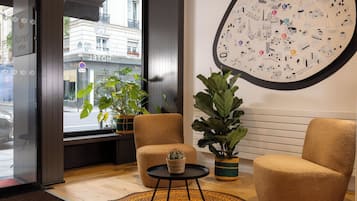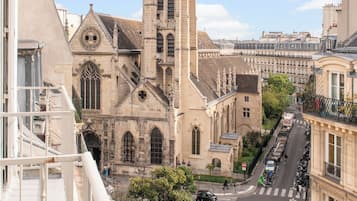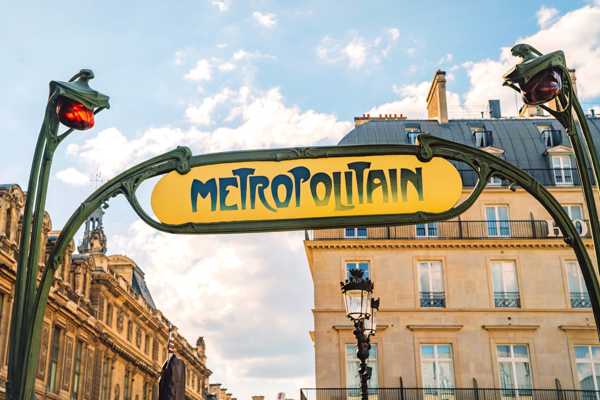The splendid, baroque-style Louvre is one of the most famous and impressive museums in the world. Sitting along the banks of the Seine River in the very centre of Paris, it hosts unique pieces of art from all ages and civilisations. In total, it has more than 35,000 works spanning from 6th-century BC to 19th-century AD.
The Louvre museum is enormous and, if you’re an art lover, you could spend a week or even months here and not see all in its collection. Alternatively, you can also have a quick half-day visit to discover the best known and most loved pieces, such as the Mona Lisa, the Venus de Milo, or the Winged Victory of Samothrace. From room to room, you’ll discover masterpieces from painters and sculptors from across the globe. You’ll explore magnificent objects of art from ancient China, Egypt, Greece, Rome and more.
The Louvre in Paris - one of the highlights of 14 Most Instagrammable Places in Paris and 11 Best Museums in Paris (Read all about Paris here)
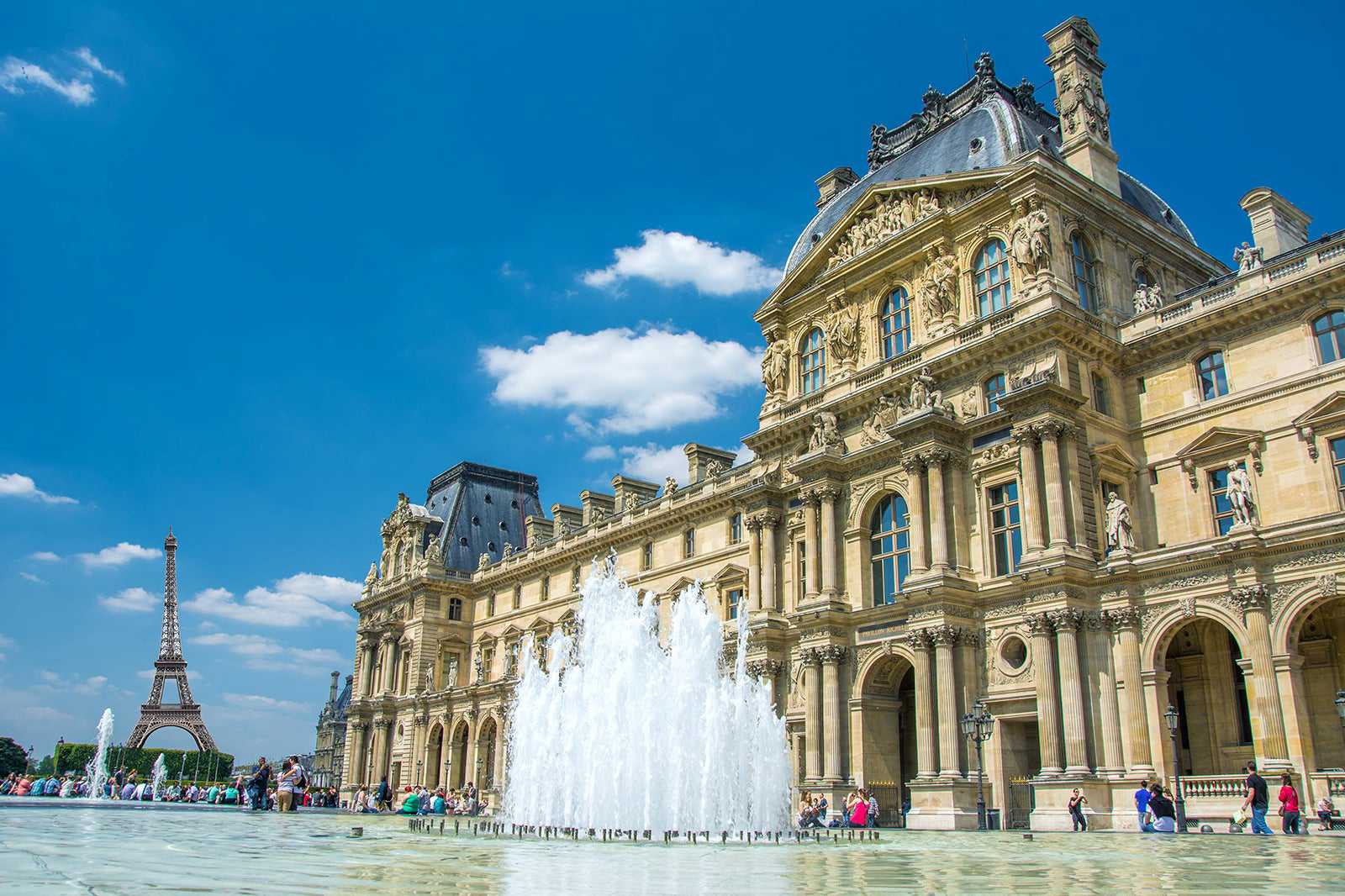
A brief history of the Louvre
The history of the Louvre started in the 12th century when the first king of France, Philip II, built a fortress on this site. You can still see the remains of it in the 13th-century Salle Basse.
In 1546, King Francis decided to replace the fortress with a Renaissance-style royal palace, partially to store his expansive art collection. For more than 2 centuries, every French monarch extended the Louvre with new wings and buildings, often designed by leading European architects. The royal art collection expanded significantly.
It was after the French Revolution that the Louvre was opened to the public as an art museum. The collection of the Louvre grew rapidly, and it was enriched during the Napoleonic Wars. The Louvre complex reached its current form at the end of the 19th century, though it underwent major modernisation in the 1980s and ‘90s. This included the construction of the famous steel-and-glass pyramid entry.

mynd frá Dennis Jarvis (CC BY-SA 2.0) breytt
What are the highlights of the Louvre?
The U-shaped Louvre is divided into 3 wings and 4 floors, together forming a maze of galleries, each of them offering great pleasure for the eyes. The Denon Wing hosts the unmissable Mona Lisa and other famous Italian works. This is also home to renowned French paintings, including Liberty Leading the People and The Coronation of Napoleon, as well as some famous sculptures.
The Sully Wing exhibits great examples of sculptures, including the Venus de Milo, and a rich collection of Egyptian antiquities. There are also remains of the medieval Louvre. The Richelieu Wing will surprise you with luxurious apartments of Napoleon III, a beautiful glass-roofed Cour Marly courtyard, and renowned Dutch artworks.
Visiting the Louvre means also discovering wonderful views of Paris. From hundreds of windows, you can see the Seine, Pont Neuf, Rue de Rivoli – it’s a view fit for the kings who once enjoyed it.
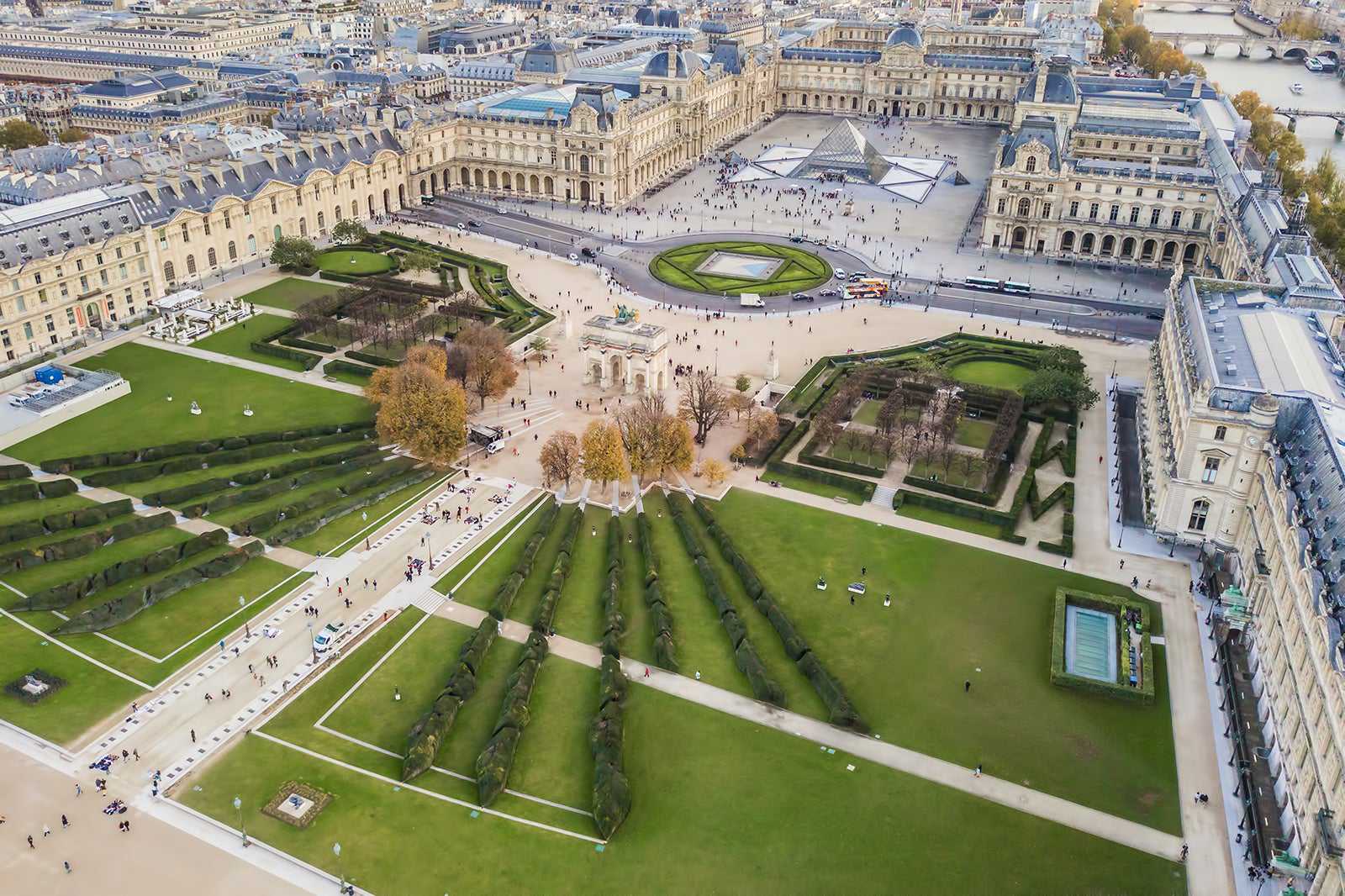
Good to know about the Louvre
The Louvre is located close to the Palais Royal – Musée du Louvre metro station. Paris sightseeing buses, the riverboat service, and many city buses also stop at the Louvre.
The museum has several entrances, and the glass pyramid entrance in the centre of the Louvre is the most crowded. Save your time by buying your ticket in advance online or at an FNAC store. Also, it’s worth trying the entrances at 99 Rue du Rivoli, or Quai Francois Mitterand as they tend to be much quieter.
With so much to see, it’s best to either have a plan of what you want to see or, better yet, take a guided tour with an art expert. For something a little different, explore the Louvre at night when the museum closes its doors late on Wednesdays or Fridays. You’ll be able to admire the world masterpieces with fewer people around and enjoy the unique ambience of the museum’s well-lit exteriors.
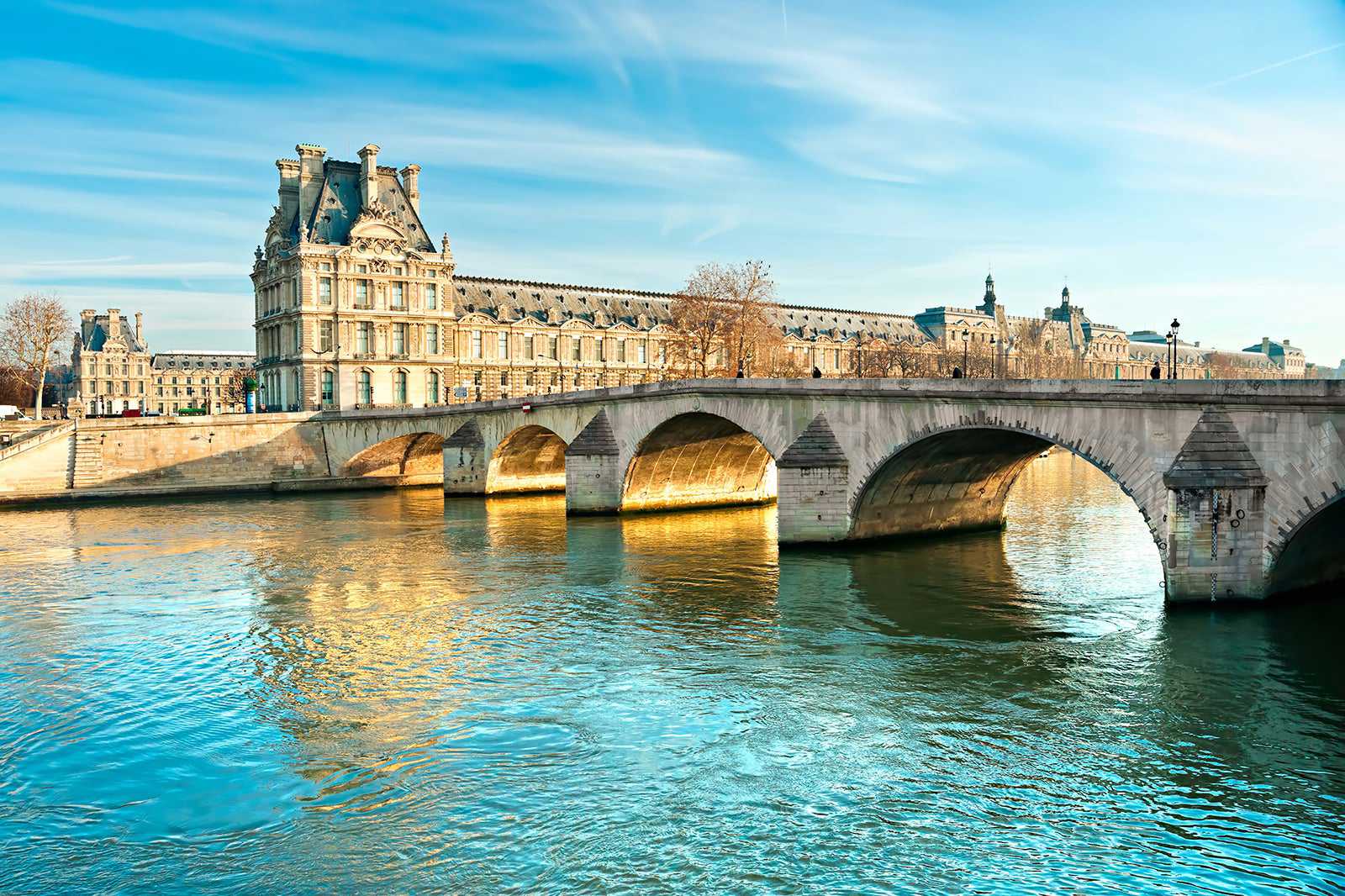
The Louvre in Paris
Staðsetning: Rue de Rivoli, 75001 Paris, France
Opnunartími: Monday, Thursday, Saturday and Sunday from 9 am. to 6 pm, Wednesday and Friday from 9 am to 9.45 pm (closed on Tuesdays)
Símanúmer: +33 (0)1 40 20 50 50




